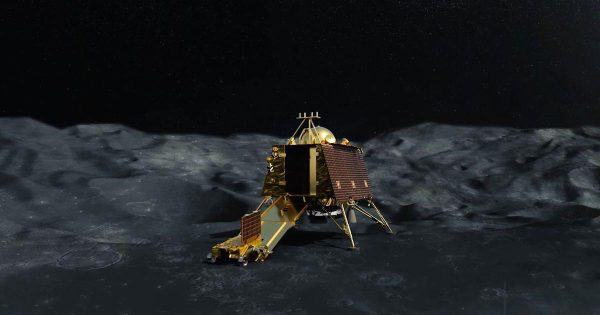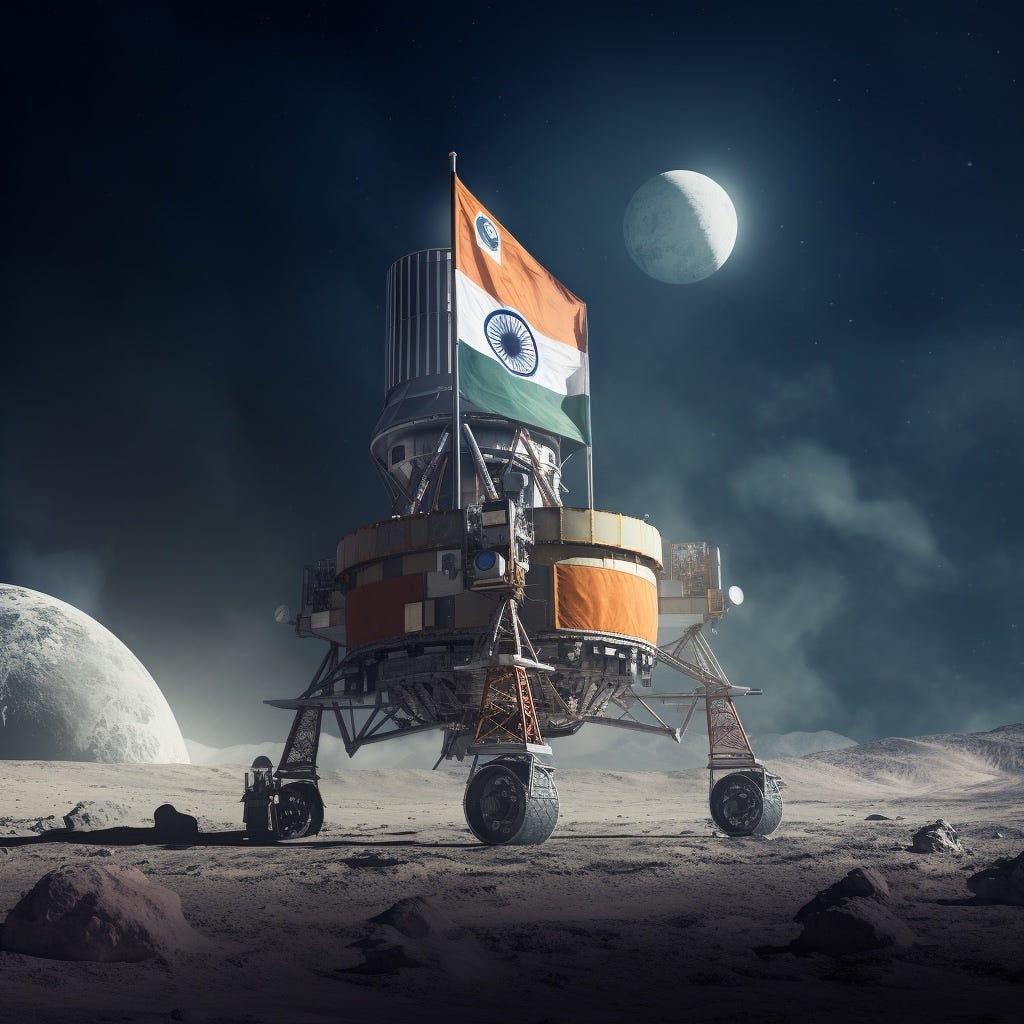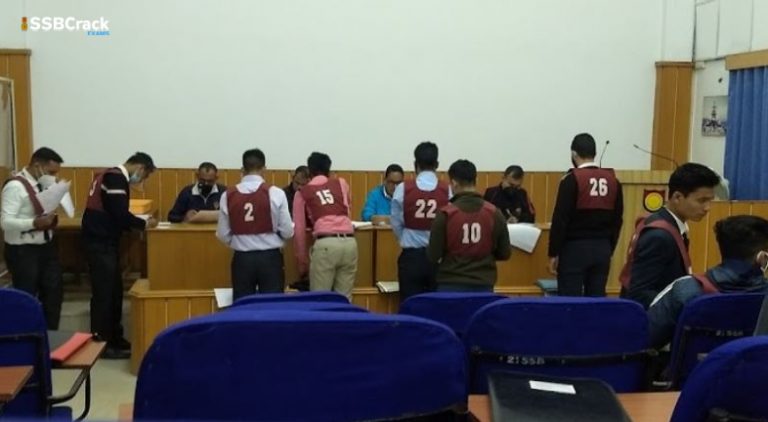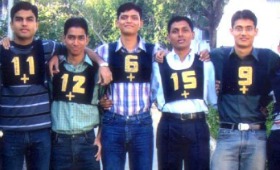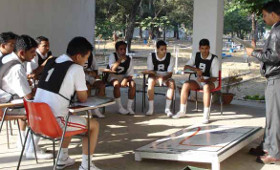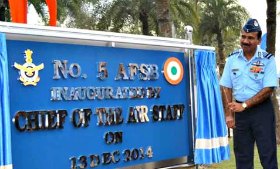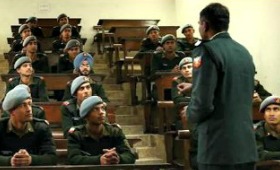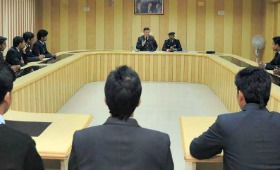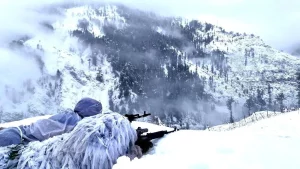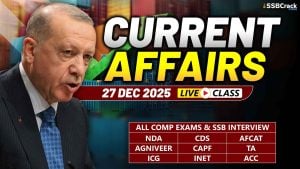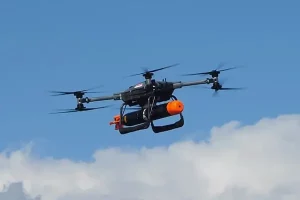Chandrayaan 3 SSB Interview Questions: In the Services Selection Board (SSB) interview process for officer-level roles within the Indian Armed Forces, candidates might encounter questions about ISRO’s Chandrayaan-3 mission. These interviews assess personality, knowledge, and suitability for a career in the armed forces.
Chandrayaan-3 Highlights: Launched from the Satish Dhawan Space Center, Sriharikota, Chandrayaan-3 successfully landed on the Moon following a 40-day journey. On August 23, at 6.04 PM IST, the Vikram lander made its historic touchdown. ISRO continuously monitors the mission’s health. The Pragyan rover is set to start its lunar tasks soon. Chandrayaan-3, following up on Chandrayaan-2 from 2019, focuses on achieving a soft lunar landing. This success places India alongside global leaders – the US, Soviet Union, and China. The mission’s final moments, the “15 minutes of terror,” were categorized by four phases that led to its soft landing.
Chandrayaan 3 SSB Interview Questions
Q1: What’s Chandrayaan-3’s objective? A: It aims to safely land on the Moon, deploy a rover, and conduct scientific experiments.
Q2: What payloads does Chandrayaan-3’s lander carry? A: It includes ChaSTE, ILSA, LP, and LRA from NASA.
Q3: And the rover’s payloads? A: It carries the APXS and LIBS for various scientific analyses.
Q4: Chandrayaan-3’s propulsion module’s role? A: It transports the rover and lander to a 100 km lunar orbit and houses the SHAPE payload.
Q5: What advanced tech is in the Chandrayaan-3 lander? A: Technologies include altimeters, velocimeters, propulsion systems, and hazard detection and avoidance systems, among others.
Q6: Specifications for Chandrayaan-3’s lander touchdown? A: Vertical velocity: ≤ 2 m/sec, Horizontal velocity: ≤ 0.5 m/sec, Slope: ≤ 120°.
Q7: Chandrayaan-3’s launcher? A: GSLV-Mk3.
Q8: Power capabilities of Chandrayaan-3’s modules? A: Propulsion: 758 W, Lander: 738 W, Rover: 50 W.
Q9: Mission lifespan of the lander and rover? A: About a lunar day or 14 Earth days.
Q10: Chandrayaan-3’s communication systems? A: The modules communicate with IDSN, and a backup link with the Chandrayaan-2 Orbiter is in place.
Q11: Chandrayaan-3’s scientific payloads? A: The lander houses RAMBHA, ChaSTE, ILSA, and LRA. The rover carries LIBS and APXS.
Q12: SHAPE payload’s objective in Chandrayaan-3? A: It studies Earth’s spectral and polarimetric measurements from lunar orbit, aiding in understanding habitable exoplanets.
Q13: Plasma density measurement on Chandrayaan-3? A: It’s achieved using the LP in the lander module.
Q14: Purpose of LIRAP in Chandrayaan-3’s lander? A: To offer precise navigation and acceleration data.
Q15: Masses of Chandrayaan-3’s modules? A: Propulsion: 2148 kg, Lander (with rover): 1752 kg, Total: 3900 kg.
Q16: Why did Chandrayaan-2 not succeed? A: The Vikram lander failed to control its descent.
Q17: Why explore the Moon’s south pole with Chandrayaan-3? A: To locate water-ice, possibly leading to Moon settlements and as a fuel source for future space missions.
To crack the SSB Interview and join the Indian Armed Forces as an Officer, You can join our SSB interview live classes batch and we recommend you to Enroll SSB INTERVIEW ONLINE COURSE. Trusted by thousands of defence aspirants.
